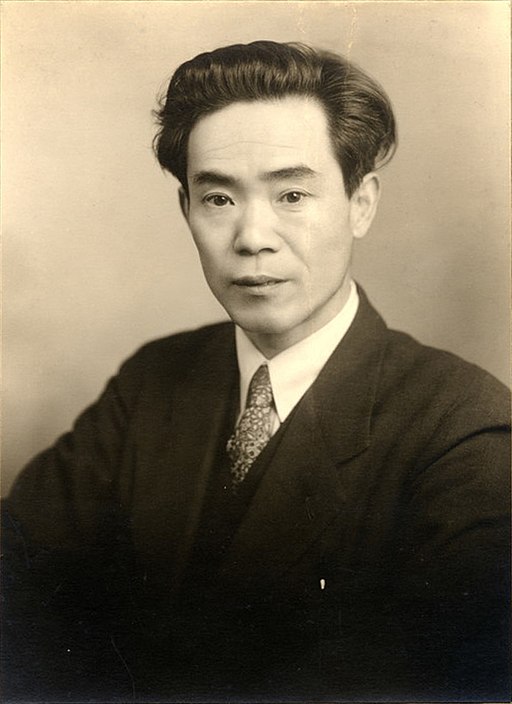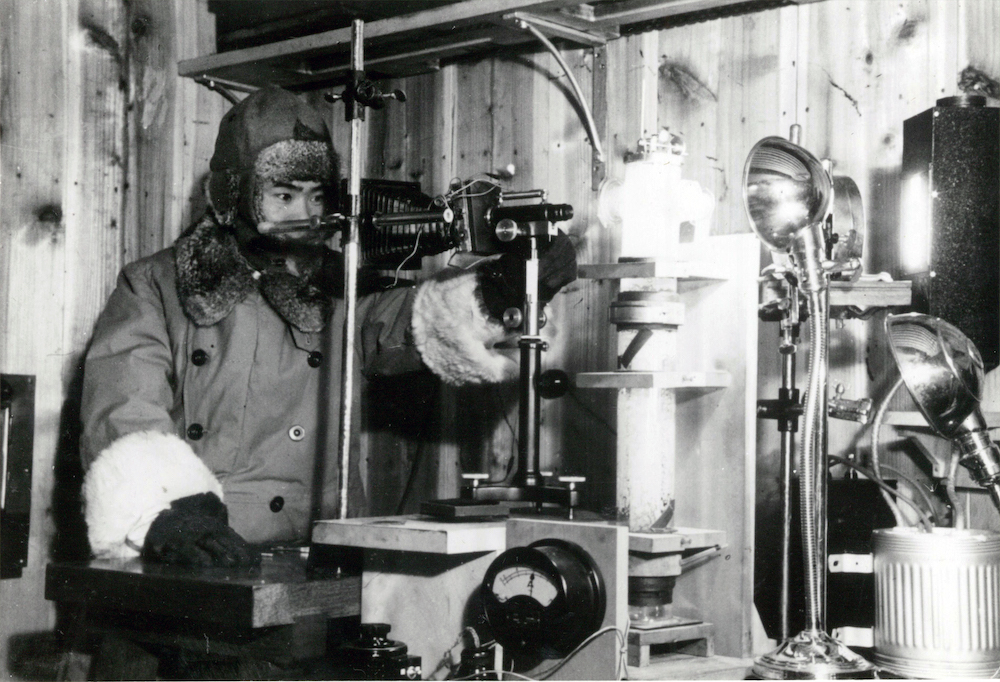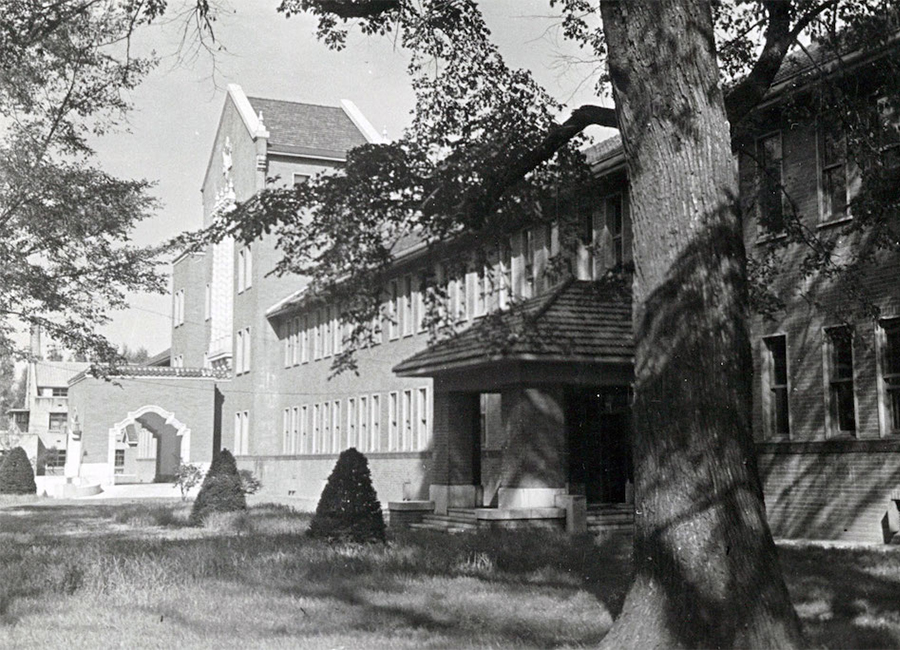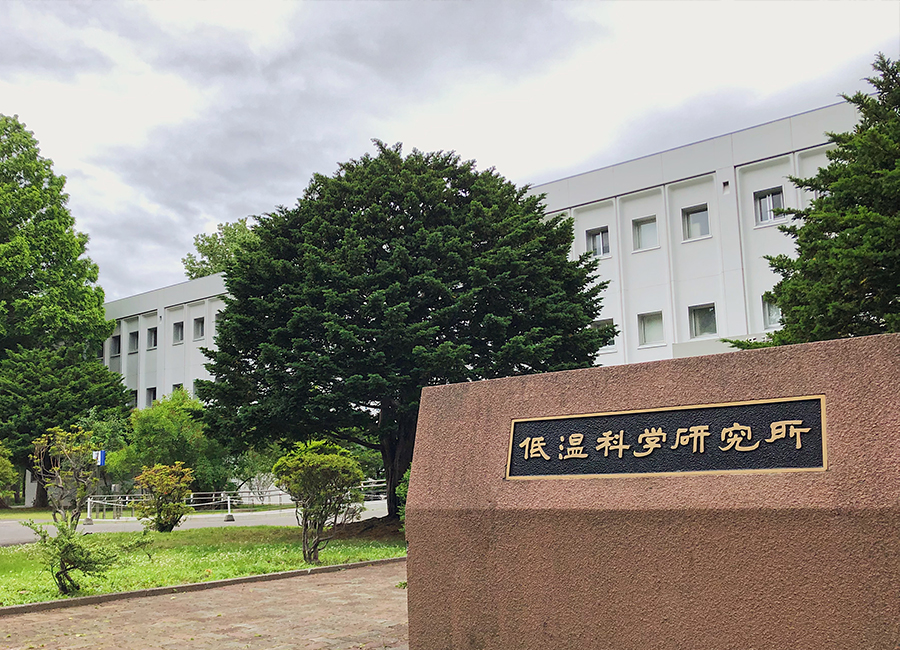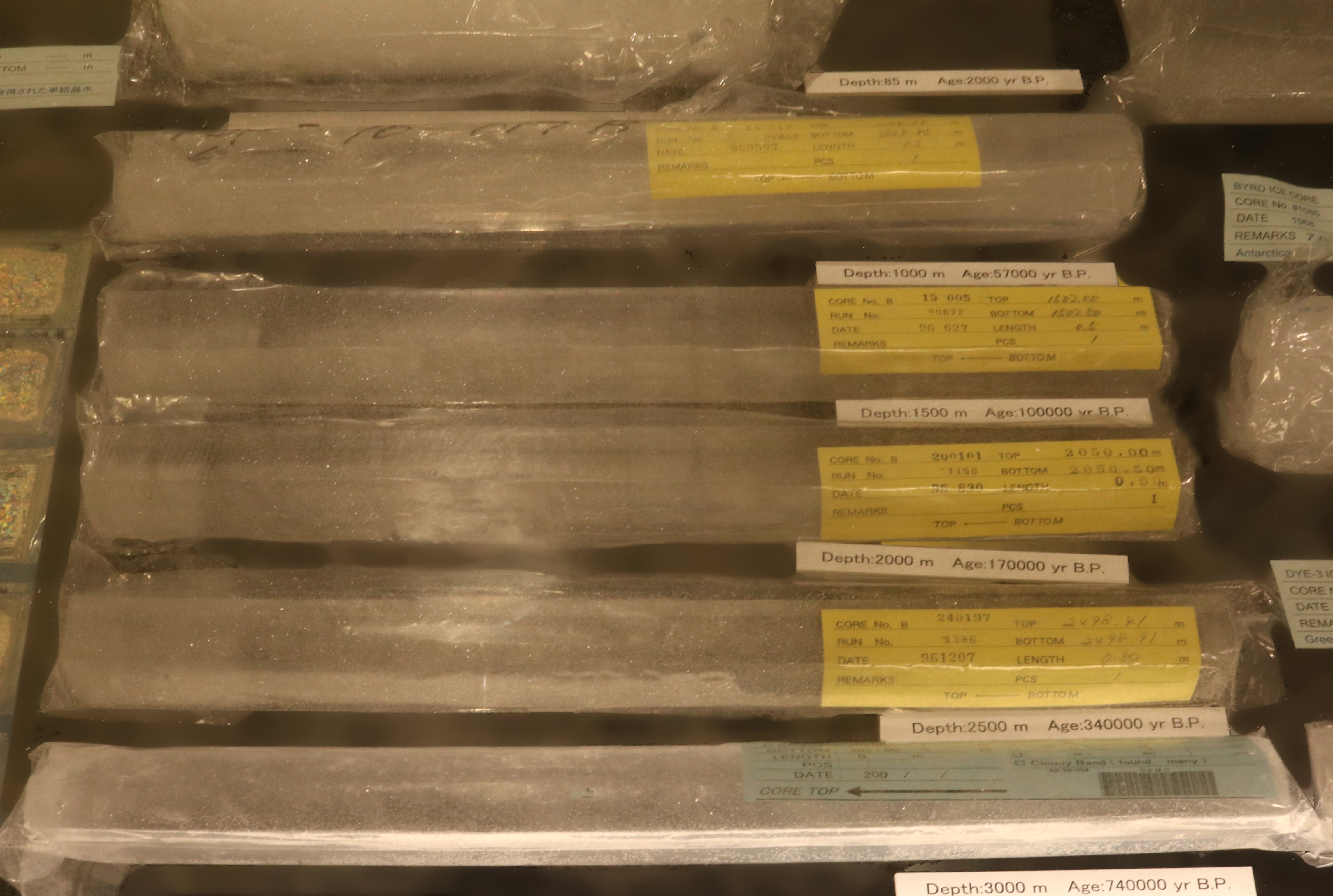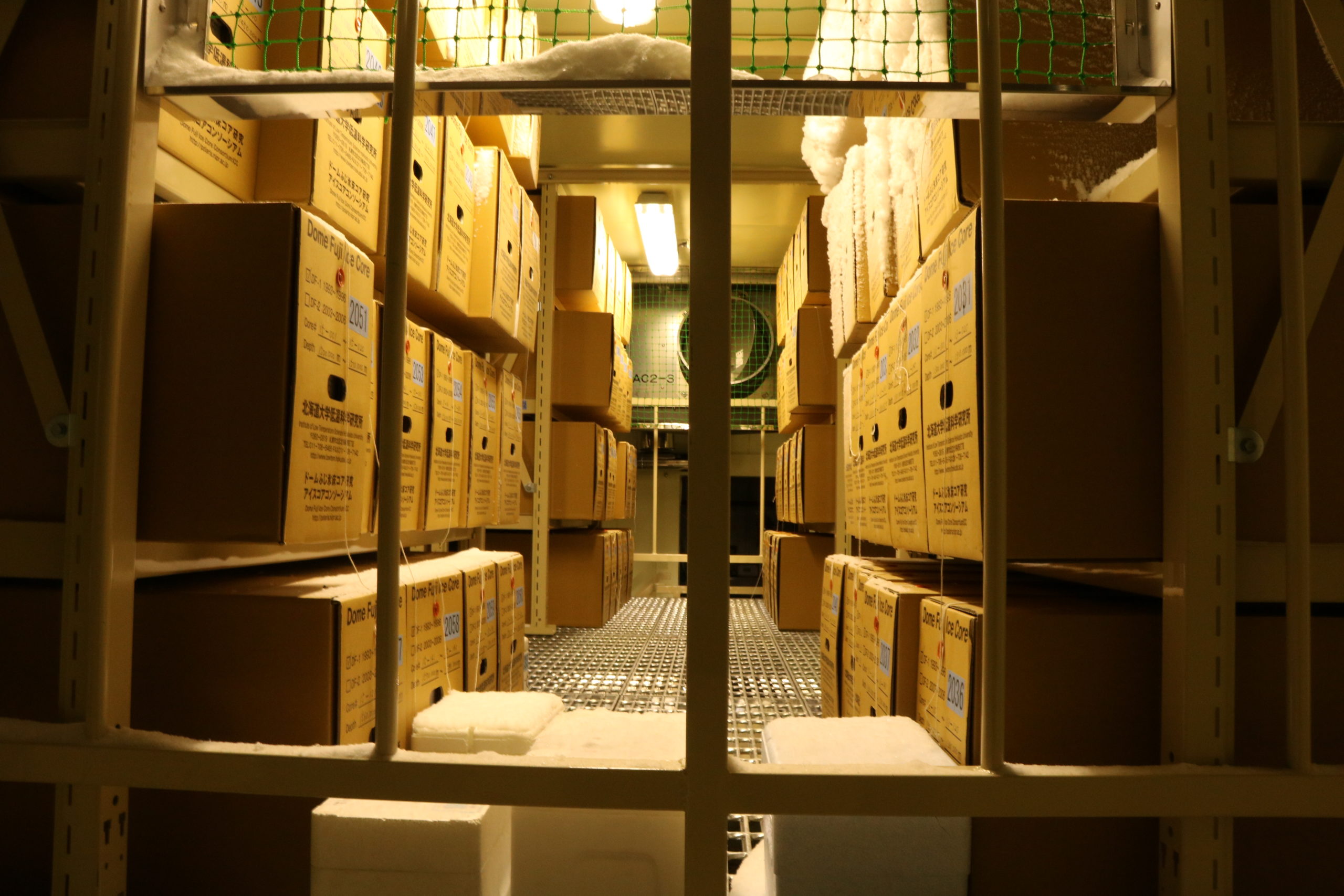Low temperature science: the past, present, and future
Research Highlight | January 27, 2021
Hokkaido University put the cornerstone of the development of low temperature science upon the birth of the Institute of Low Temperature Science (ILTS) in 1941. Prior to its establishment, the institution owes gratitude to the founding father, Ukichiro Nakaya (1900-1962). Through his groundbreaking research and innovations, Nakaya made his name known to the world, particularly in the scientific findings on snowflakes. The year 2020 marked the 120th anniversary of Nakaya’s birth, in which we also commemorate his achievements and influence in the development of low temperature science.
Ukichiro Nakaya – An individual ahead of his time
Born in 1900, in what is now Kaga City of Ishikawa Prefecture, Nakaya moved to Hokkaido in 1932 to fill in the position of Assistant Professor at Hokkaido Imperial University’s (current Hokkaido University) School of Science. Relocating to the cold area tweaked his curiosity and challenged him to carry on scientific observations on snow crystal formations in the Tokachi Region and Mount Asahidake of Hokkaido. In 1935, a special low temperature science laboratory was finally erected on the campus which allowed Nakaya to gain deeper insights on snow regardless of the season.
In March 1936, using a convective snow-making apparatus they had constructed out of cylindrical glass, a historical moment took place within the lab. By adjusting the air temperature and humidity, Nakaya and his colleagues managed to form the very first artificial snowflake at the tip of a thin sliver of rabbit’s hair, taken from the fur coat of one of his assistants.
Following this success, Nakaya proceeded to produce more snow-related findings such as the “Nakaya Diagram” — a diagram of snow crystal morphology — that has been developed ever since and significantly contributes to meteorological studies. Illustrating different shapes of snowflakes, scientists could refer to this diagram to analyze the situation up in the clouds by scrutinizing the snow crystal’s structures. This direct correlation between the atmospheric condition and the morphology of snow crystal is poetically reflected in what is arguably his most famous remark:
“Snowflakes are letters sent from heaven.”
Nakaya even went as far as applying interdisciplinary approaches in his research and frequently embarked to different places around the world to study any subject related to the cold climate: not just snow but ice, fog, winter clothes, etc. In 1957, Nakaya visited Greenland for the first time to join a research project on ice cores; he visited several more times until his passing in 1962.
By having initiated the scientific experiments on low temperature science — a subfield of science that had almost been overlooked during his era — Ukichiro Nakaya laid out the foundation upon which the current low temperature scientists unveil more discoveries that may answer some fundamental questions of human life.
From a small-sized laboratory, to a forerunner facility
As a result of Nakaya’s labor, the small-sized cold room which had served as his experimental ground gradually expanded to the very first research institution of Hokkaido University, ILTS, formally established in November 1941. Currently housing 45 faculty members, ILTS works in collaboration with several domestic and international universities and research institutions. Living up to Nakaya’s principles, ILTS is extending the scope of its research activities through interdisciplinary studies. The research topics are greatly diverse; from determining mammalian hibernation systems through a physiological perspective, to geomorphological observations of snowy regions.
ILTS’ expansion of the research scope even takes on a literal level out of this world after having established a research group of astrophysical chemistry, in which the scientists are focusing on molecular evolution in space.
“This particular branch of science is certainly beyond Nakaya’s thinking,” commented Dr. Manabu Fukui, the director of ILTS. “By virtue of the seed planted by Ukichiro Nakaya, the discipline of low temperature science has now soared to the uncovering of humanity’s and the universe’s origins through interstellar molecular studies.”
To keep up with the current exigency in the global environment, the institution is continuously performing research to gain important viewpoints regarding climate change. Research expeditions to both of the earth’s polar regions have been conducted, such as the 61st Japanese Antarctic Research Expedition in November 2019 that was led by ILTS’s very own Associate Professor Shigeru Aoki. Benefitting from these kinds of expeditions, the participating scientists obtain scientific specimens and discoveries on the past and present outlook of our planet’s condition, based on which one could calculate the upcoming prospects.
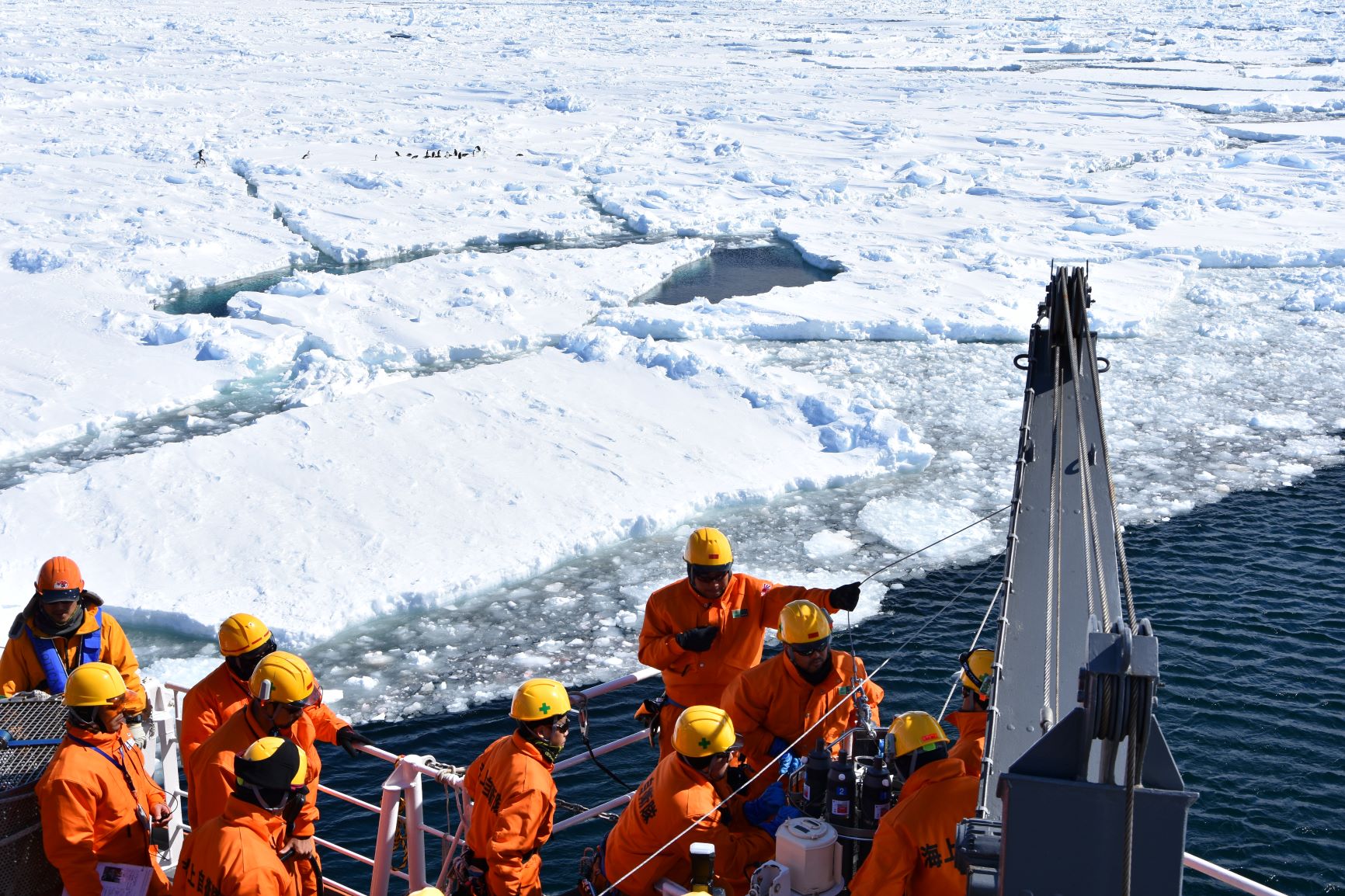
The 61st Japanese Antarctic Research Expedition in 2011, led by Associate Professor Shigeru Aoki. (Photo: Shigeru Aoki)
In terms of educational advancement, ILTS serves as an academic institution for graduate students affiliated with Hokkaido University. ILTS is also a member of an interuniversity cryosphere science education program called International Antarctic Institute (IAI), in which the institution actively takes part in the exchange of pedagogic activities and resources. Special lectures have been conducted as Hokkaido Summer Institute (HSI) courses that are available for students around the world to attend.
The research institute has reached other milestones in their network expansion. In 2004, Pan-Okhotsk Research Center was opened in Sapporo Campus, inviting more joint-projects in the evaluation of environmental conditions around the Sea of Okhotsk area, whose conditions are sensitive to climate change and global warming. In 2010, ILTS was designated as one of Japan’s nationwide joint-use institutes by the Ministry of Education, Culture, Sports, Science and Technology (MEXT). As we are heading towards ILTS’ 80th anniversary in 2021, Dr. Fukui expressed his aspirations for the institution.
“I have expectations on ILTS that it will devotedly continue advancing and producing scientific achievements that can contribute to many people’s lives and the advancement of basic science.”
Learn more about the Institute of Low Temperature Science of Hokkaido University by visiting their website.
Written by Aprilia Agatha Gunawan

